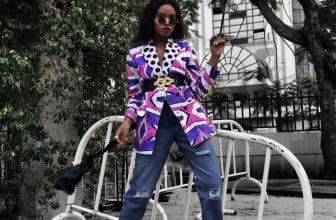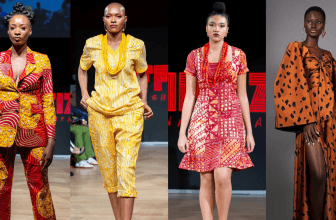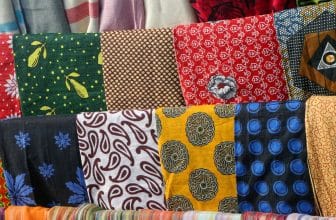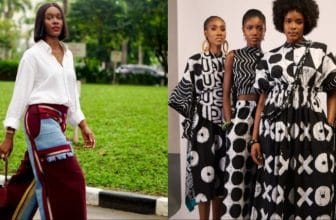Smart Textiles — How Technology and African Creativity Are Weaving the Future of Fashion

Introduction
Fashion is evolving — and Africa is not being left behind. Across Lagos, Accra, Nairobi, and Johannesburg, a quiet revolution is taking place. Designers are merging traditional craftsmanship with cutting-edge technology, creating smart textiles that don’t just look good — they think, adapt, and speak the language of innovation.
This fusion of African artistry and global tech is reshaping the very fabric of what fashion means in the 21st century.
1. What Are Smart Textiles?
Smart textiles — also called intelligent fabrics — are materials that can sense, react, or even communicate. Using embedded sensors, microchips, or conductive threads, they can monitor temperature, light, movement, or health data.
In Africa, where creativity meets necessity, designers are finding ways to adapt this innovation to local realities — from heat-regulating fabrics for tropical climates to energy-efficient materials for sustainable production.
2. The African Twist: Tradition Meets Tech
African fashion has always told stories — of culture, color, and identity. Now, with smart fabrics, those stories are being coded into technology.
• In Nigeria, young designers are experimenting with Ankara prints infused with reflective materials for smart urban wear.
• In Kenya, textile innovators are developing solar-reactive fibers that power small devices.
• In South Africa, universities are collaborating with engineers to create fabrics that monitor body temperature for medical or sportswear use.
This merging of tradition and tech is positioning Africa not just as a consumer of innovation — but as a creator.
3. Sustainability: Africa’s Secret Advantage
Sustainability isn’t a buzzword here — it’s a necessity. With limited access to mass production resources, African designers often innovate from a place of efficiency.
Smart textiles built from locally sourced cotton, recycled fibers, and natural dyes show that technology can coexist with nature. The future of fashion in Nigeria and beyond may rely on fabrics that save energy, reduce waste, and honor cultural heritage all at once.
4. The Future of African Fashion Tech
Imagine this:
• A dress woven from Adire patterns that glows subtly at night.
• A smart Aso Oke that adjusts its texture for comfort.
• A solar-charged jacket designed in Lagos, worn in Paris.
This isn’t science fiction — it’s the next chapter of fashion, written by African innovators blending deep cultural roots with global ambition.
5. Why the World Is Watching Africa
Major fashion houses are already looking to Africa for inspiration. But now, they’re also looking for collaboration. The combination of Africa’s design language and tech-driven vision makes the continent a creative powerhouse in the global textile industry.
As digitalization grows, we’ll see more African-led innovation — fabrics that heal, fabrics that adapt, and fabrics that tell stories of both ancestry and advancement.
Conclusion
Smart textiles are redefining how the world experiences clothing — and Africa is rising as one of its boldest voices.
From Lagos runways to Silicon Valley labs, the message is clear: the next era of fashion will be both intelligent and cultural.
The future of fashion isn’t coming — it’s being woven in Africa right now.






